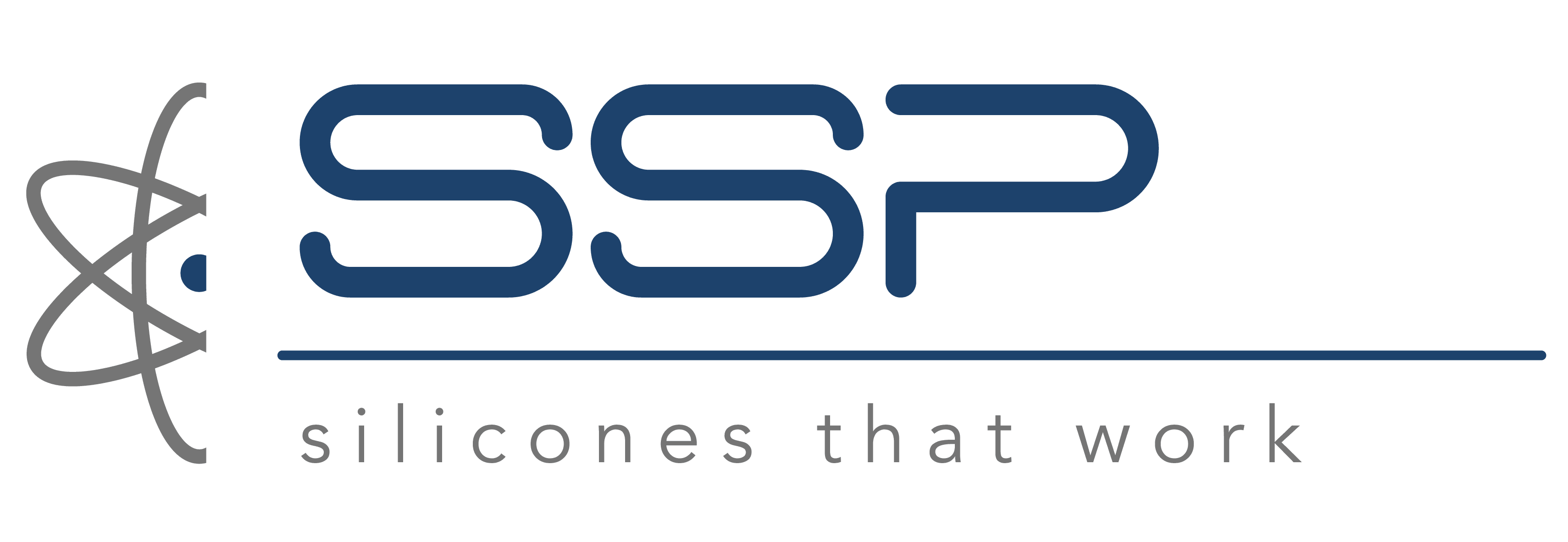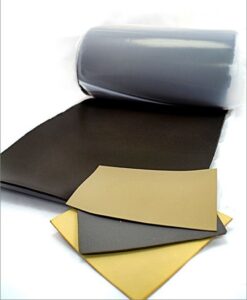Specialty Silicone Products (SSP) makes standard and custom septa, septum cap assemblies and cap mats for liquid and gas chromatography, EPA/VOA testing, laboratory diagnostics, and chemical packaging. Customers value the cleanliness and purity of our silicone septa, especially during low-level analysis using liquid chromatography (LC) or gas chromatography (GS) with mass spectrometry (MS). Customers also want to know more about REACH, a European Union (EU) standard about which there is some confusion.
The purpose of this article is to clarify the relationship between REACH and cyclics, impurities found in some silicone septa. The article also explains how SSP significantly reduces levels of cyclics in septa so that low-level analysis won’t produce chromatographic spikes caused by the septa itself. By using safe, clean septa from SSP, you can eliminate the “false positives” that may occur with general-purpose septa. Instead of wondering about what you’re seeing, you’ll know that any spikes are from the sample and not the septa.
REACH, Cyclics, and Clean Septa
REACH stands for Registration, Evaluation, Authorisation and Restriction of Chemicals, an EU regulation since 2007. Under REACH, the European Chemical Agency publishes a Candidate List of Substances of Very High Concern (SVHC). Three of these substances are used in silicones, elastomers with applications that include septa. Collectively, these three impurities are called cyclics. Individually, they are usually called D4, D5 and D6 instead of by their chemical names or Chemical Abstract Service (CAS) numbers.
For septa buyers, it’s important to understand that there is not a ban on D4, D5, or D6 in Europe. Rather, the EU prohibits D4, D5, and D6 above a threshold of 1000 parts per million in personal care products like body washes, shampoos, and deodorants. Exposure to cyclics is not fatal, nor does it present an immediate hazard in case of contact with the skin or inhalation. However, there is concern about their health effects and persistence in the environment. With septa, cyclics can interfere with chromatography.
How SSP Minimizes Supports REACH and Minimizes Cyclics
Companies outside of the EU aren’t bound by REACH, but SSP can still help septa buyers who need a REACH compliant document. The cyclics that our suppliers use are a relatively volatile species and will evaporate naturally at some of our curing temperatures. Plus, many of our products are processed in ways that drive out impurities. Ultra-low bleed silicones for septa promote analytical purity and prevent ghost peaks on chromatographs. SSP starts with a strong foundation by using only platinum-cured silicones, which do not introduce by-products into the silicone during curing.
SSP has implemented processes for our ultra-low bleed products to minimize cyclics and tests septa to ensure that cyclic levels will not cause chromatography spikes. To control the quality of our silicone inputs, we analyze incoming raw materials from our suppliers. We also perform the same type of testing that our septa customers use. These raw materials provide a strong starting point and are significantly cleaner than what’s used by some of our competitors. Also, the results of our internal testing are available upon request so that you can see this analytical data for yourself.
To learn more about SSP’s silicone septa for low-volume analysis, contact us.




